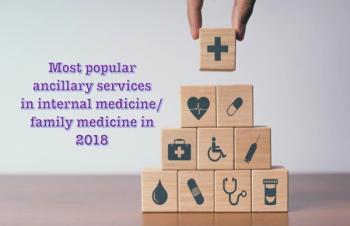
A slideshow of the top 14 ancillary services for internal medicine/family medicine practices in 2018.

A slideshow of the top 14 ancillary services for internal medicine/family medicine practices in 2018.


The Federal Communications Commission will vote July 10 on the Connected Care pilot program, which would provide $100 million to develop new telehealth programs for rural and underserved areas as well as veterans.

Thomas H. Lee, MD, Press Ganey’s chief medical officer, talks about the growing importance of the patient experience and how it can affect care outcomes.

The proposed rule would update the Part D e-prescribing program by adopting standards that ensure secure transmissions so as to expedite prior authorizations.

Read the latest data breach report from the U.S. Department of Health and Human Service’s Office for Civil Rights.

The biggest perceived threats in healthcare are the risks associated with the Internet of Things (IoT), medical devices, third-party vendors and program development/management, a survey of 60 high-level healthcare executives reveals.
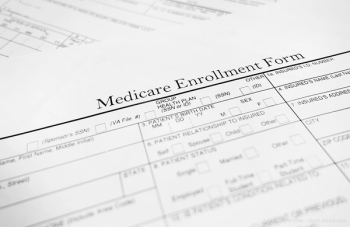

How a recently concluded jury trial in federal district court in Texas has major nationwide implications for existing and future marketing arrangements between medical facilities and doctors.

Our readers speak out on recent articles.

In this new world of big corporate medicine, the relationships that physicians have with their administrations can often be tense and uneasy
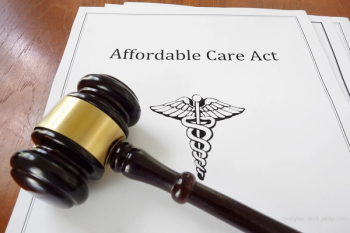
The AMA says that the Affordable Care Act must be strengthened to meet the needs of patients who still lack insurance

Two new CPT codes allow payment when physicians order, review, and interpret new INR test results-even when patients self-test at home

A study of millennial physicians shows they are frustrated with administrative burdens and the pace of change in healthcare, and see technology that bolsters patient engagement as a key solution.


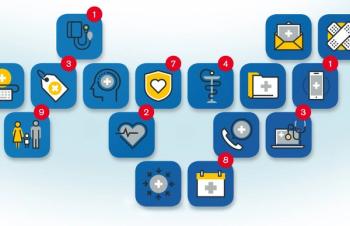
In the past, a practice could offer a handful of Saturday appointments and that was about the only convenience patients expected. But patients are now demanding the same expectations from practices that they do from restaurants or retailers, and if they don’t get them, they find another doctor.

Researchers from the Los Angeles Biomedical Research Institute are conducting a study to learn what causes the high incidence of heart, lung, blood and sleep disorders in select rural areas in Kentucky, Alabama, Mississippi and Louisiana and offer clues on how to alleviate them.

A new survey found that patients would feel more loyalty to their physicians if their overall health was supported between visits.

While there are some changes physicians can make at the personal and practice level, it requires system-wide transformation to alleviate burnout.

Streamlined administrative tasks, inbox management, and focus on work-life balance can all help reduce physician burnout.
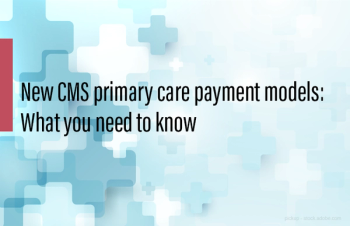
The agency announced five new payment models focused on primary care. Here’s what you need to know.
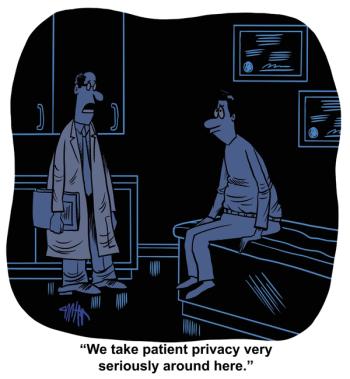
Patient privacy is dealt with in different ways by different doctors.

A survey of 2,428 U.S. consumers and 158 physicians conducted by consulting firm EY found that both groups want to embrace new technology that improve engagement.

Adult vaccination should be promoted as a way to improve health, rather than just avoid disease, according to a new report


The 2019 changes at first glance seem to have minor changes, but if you are supervising residents, the documentation requirements are now higher.

CDC has issued a statement to put to rest the question of whether adults need a booster for measles protection

CVS announced plans to open 1,500 “HealthHUB” locations across the country in the next three years, another major move that shows that traditional physicians practices will face further competition from corporate competitors

Primary care physicians, working in an environment where patients need to be evaluated, monitored, and motivated in short office visits, sometimes struggle to effectively treat patients with diabetes.